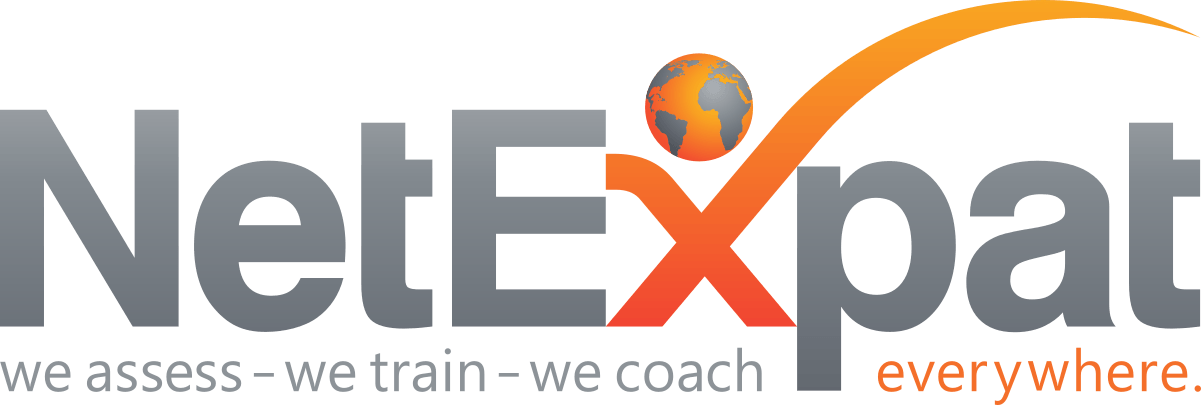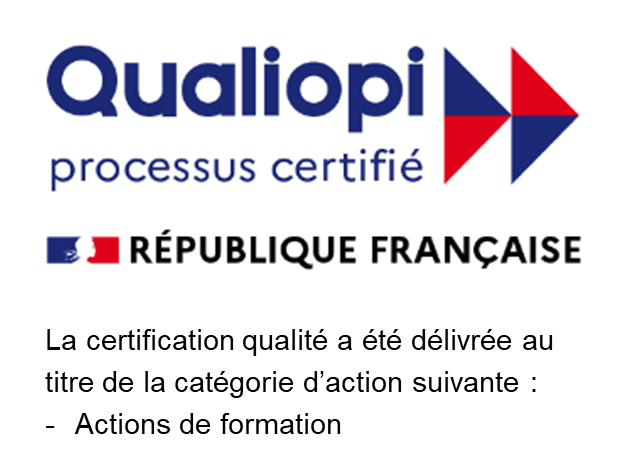The Cultural Implications of Mergers and Acquisitions

Mergers and acquisitions (M&As) are high-stakes ventures that promise growth, innovation, and a competitive advantage, but that promise can only be realized by prioritizing a critical factor that can make or break the success of the initiative: culture. Whether it's the diversity of global cultures in multinational mergers or the differences between two distinct corporate cultures, the challenges are significant. A failure to integrate effectively doesn’t just threaten the success of the merger, it also impacts the financial health of an organization. Below, we discuss the cultural complexities of M&As, the risks of ignoring them, and actionable strategies to bridge related gaps effectively.
Challenges in Cultural Integration During Mergers and Acquisitions
Asking diverse groups of people to collaborate efficiently without supporting them and "translating" their different priorities, values, and cultural norms is risky under any circumstances. This is particularly important in M&As, where two diverse workforces have learned to do business in ways that have been defined by their separate employers. In multinational mergers, differences in communication styles, decision making, and business etiquette can create friction or complete breakdowns in productivity. Corporate culture clashes can also occur from contrasting leadership styles, organizational values, levels of employee engagement, and cultural attitudes about change. Without targeted attention, these challenges can undermine collaboration, erode trust, and jeopardize the success of the merger.
The Consequences of Ignoring Cultural Challenges
When the above cultural differences aren’t addressed during an M&A, disruptions to workforce productivity and organizational goals are inevitable. Employees may struggle to adapt to new ways of working, resulting in frustration and disengagement. Misalignments increase, productivity decreases, and the business may experience higher turnover and the loss of key talent. The financial implications of these disruptions are significant: failure to create a collaborative, integrated workforce can diminish the expected return on investment (ROI), damage the company’s reputation, and derail the strategic goals that justified the merger in the first place.
Working Through Cultural Pitfalls of Mergers and Acquisitions
Cultural challenges and pitfalls associated with mergers and acquisitions can seem daunting, but with the right action steps, hurdles can be minimized. Consider implementing the following best practices to minimize negative impacts and optimize integration:
Differences in Cultural Communication Styles
-
Conduct proactive cultural assessmentsList Item 1
To assess cultural differences effectively, involve stakeholders at all levels—not just leadership. Tools like corporate culture and employee surveys, focus groups, and one-on-one interviews can provide a clearer picture of potential gaps between leadership's perceptions and the realities of the employee experience. This process helps uncover misalignments in values, work styles, and priorities, providing a roadmap for addressing conflicts early. Ensuring transparency throughout the assessment process builds trust among both organizations and helps to pave the way for a smoother integration.
-
Communicate clearly, transparently, and regularly.
Start by creating a detailed communication plan that outlines how updates, changes, and concerns will be shared with employees across both organizations. Consistency and clarity are key, as is addressing employee concerns openly to alleviate anxieties.
-
Offer training and facilitate collaboration.
Cross-cultural training can go a long way toward helping employees understand and respect differences in company and cultural norms, behaviors and values, encouraging open-mindedness, collaboration and a desire to minimize misunderstandings.
-
Ensure leadership alignment and role modeling.
Aligning leadership begins with frank discussions to unify vision, values, and priorities between the two organizations. Leaders should collaborate to establish shared goals and resolve any conflicting expectations. Once aligned, it’s essential for leaders to then model behaviors that reflect the desired culture. In addition to setting a powerful example for employees, leadership alignment also reinforces a sense of unity, company-wide.
-
Get support from the experts.
Cultural differences are complex. Enlisting the help of a partner that specializes in identifying and navigating those differences often makes the difference between a smooth M&A and one that stalls or fails due to preventable misunderstandings and conflicts. The right intercultural consulting partner benefits organizations by becoming a valued extension of their team, providing expert guidance on identifying commonalities and differences between two organizations, and easing the integration process by advising on best practices and coaching leaders and employees alike through the transition.
The Stakes of Cultural Integration
Far more than a "soft" issue, cultural integration is a critical component to the success of any merger and acquisition – and the stakes couldn’t be higher for organizations implementing one. Respecting cultural challenges supports employees as they adjust to new expectations. It also fosters operational efficiencies, financial performance, and strategic successes.
The complexity of merging diverse perspectives, priorities, and practices doesn’t have to impede the process of a merger or acquisition. With cultural insight, strategies, tools, and expertise, businesses can bridge cultural gaps effectively, transforming potential obstacles into opportunities for innovation and growth. By addressing the cultural aspects of the integration thoughtfully and proactively, companies facilitate M&As that exceed expectations, supporting employee retention and productivity – and achieving the intended goals and objectives of the organization.
For over 25 years, NetExpat has been a trusted and valued partner, providing guidance and global expertise to multinational businesses across the globe. For more information about how we can support your employees and business by fostering a smooth and productive merger and acquisition, contact us at
info@netexpat.com
Share this post

























